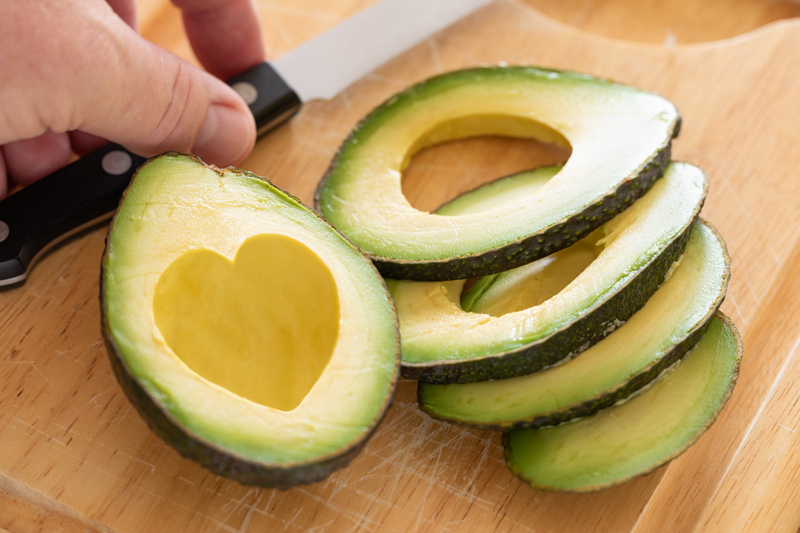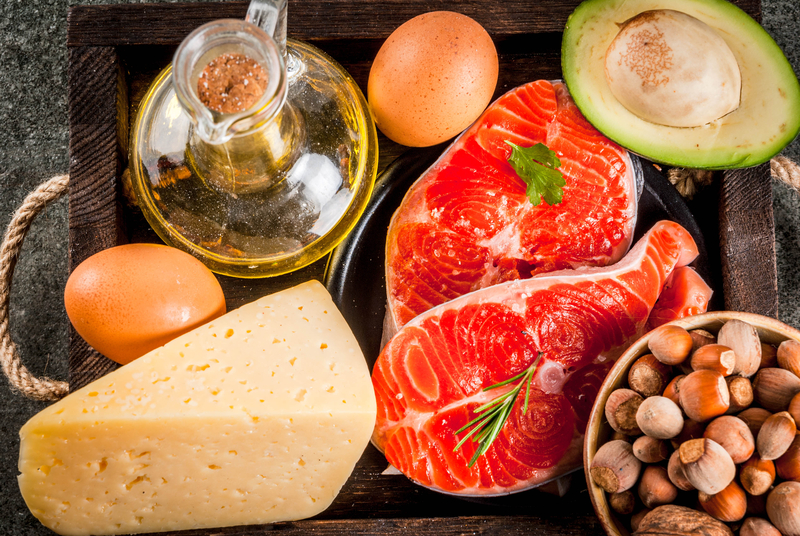
Most of us have heard of fasting but have you heard of fat fasting? If you are looking for a way to add a little boost to your keto diet, you may want to consider giving fat fasting a try. Fat fasting involves consuming, you guessed it, mainly fats! Many people use this method to breakthrough weight loss plateaus or to enter into ketosis after a day of indulging.
This fasting method should only be used as a short-term addition to accelerate your weight loss and does have a few easy rules to follow. While fat fasting can be a powerful tool, it’s important to understand how to properly follow the guidelines to ensure you get the most out of it. Let’s dig in!
What is Fat Fasting?
A traditional fast means you typically don’t eat anything for a certain period of time and only eat during specific feeding windows. Fat fasting isn’t really a fast in that regard. In fact, it’s quite the opposite. During a fat fast, you are not abstaining from eating, and instead, you will be consuming foods that will help your body enter ketosis. So, not technically a traditional fast, but rather, it helps raise your blood’s level of ketone molecules, which sends you into ketosis quickly. This then mimics the way your body reacts to fasting. In other words, it turns you into a fat-burning machine!
A fat fast will usually last around 2-5 days and is full of low-calorie, high-fat food items. You will eat between 1,000 and 1,200 calories a day, and 80-90% of those calories will be from healthy fats. Here are some examples of healthy fats.
- Salmon
- Sardines
- Eggs
- Olive oil
- Coconut oil
- Avocado
- MCT oil
- High-fat cheeses
- Nut butter and high-fat nuts
- Coconut milk
- Butter and heavy cream

Fat fasts and the keto diet work similarly but have a few differences. Generally, when following a keto diet, the suggested macronutrient ratios are 75% fat, 20% protein, and 5% carbs. As we mentioned above, between 80% and 90% of your calories will come from fat during a fat fast.
Benefits of Fat Fasting
There are several benefits to fat fasting including:
Lipolysis
One of the greatest benefits of partaking in a fat fast is that it sends your body into lipolysis. During lipolysis, your body uses fat to burn fat rather than burning fat through glucose from high-sugar, high-carb foods.
Break Through Weight Loss Plateau
Weight loss plateaus are not only normal but should be expected on any weight loss journey. Eventually, most people on a weight loss path, regardless of the diet they are following, will hit some type of plateau where you just can’t seem to lose any more weight. We consider a weight loss plateau as a stall in weight loss for 4 weeks or longer. Participating in a fat fast can help you break through a plateau, start shedding pounds again and get you back on track.
In a similar vein, if you are doing a keto diet and have a day of indulgence, you can use a brief fat fast to re-enter ketosis and get cravings under control.
Tips Before You Start Fasting
Before you start your fast, there are several things you need to keep in mind to keep yourself safe and to make the most of your fast.
Side Effects
While you are on your fat fast, it’s important to be aware of the keto flu; flu-like symptoms that we may experience as we adapt to being in ketosis. Most keto dieters are already aware of this and thankfully there are ways to avoid it. Keeping properly hydrated, increasing electrolytes, and including MCT oil are all important tips to avoid feeling ill. If you’re not already taking supplements, you should also consider taking a high-quality multivitamin too.
No Extensive Exercise
While you are on your fat fast, you may want to go easy on extensive exercise. This means you shouldn’t plan to do any extensive exercising during the days of your fast. This doesn’t mean you can’t be active; you just want to stick with light exercise.
For example, you could do light cardio on the fast, such as walking. You could also do strength training at home, by doing push-ups and squats. However, make sure to take it easy and keep your exercise sessions short. You will know your body best, so listen to it and don’t overdo the exercise.
Calorie Tracking
While it’s not necessary to track your calories, we do understand that some patients prefer this method. An easy way to make sure you’re following a fat fast correctly is to consume 4-5 meals a day with roughly 200-250 calories in each meal. If you are having difficulty tracking calories it may be helpful to get an app to track your food intake. Of course, you could do it on paper, but using an app means you will not easily lose the information. No matter what type of device you own, there are plenty of apps out there that you can use to keep track of your macros and calories intake. You may even be able to find one that is specifically designed for diets just like this.
Foods To Eat and Avoid While Fasting
When participating in a fat fast, there are certain foods you should and should not eat. Here is a list of foods that are good to eat during a fat fast:
- High-fat meats/seafood such as bacon, sardines, and salmon
- Oils like olive oil, coconut oil, avocado oil, and MCT oil
- Fats such as butter and lard
- Eggs (whole), including deviled eggs and egg yolks
- High-fat fruits such as avocado and olives
- Nuts and nut butter high in fat such as macadamias or pecans
- Low-carb vegetables but only in small amounts served with butter and oil
- High-fat dairy, including heavy whipping cream and cream cheese
- Fat bombs
Here are some examples of foods you want to avoid while doing a fat fast.
- All beans
- All fruits except avocado and olives
- All grains
- Lean meat or lean fish
- Vegetables (except a very small amount and only consumed with butter or oil). Zucchini, kale and spinach are acceptable choices
- Dairy products that aren’t high in fat such as skim milk, low-fat cheese, and low-fat yogurt
Should I try fat fasting?
That depends. If you’re already following a keto diet and are experiencing steady weight loss, have reached ketosis, and are feeling great, you may not need to fast. After all, fat fasting is generally used in only a few conditions; to enter deeper levels of ketosis quickly after indulging or to break through a plateau or long-term weight loss stall.
This diet method lasts between two and five days and emphasizes eating foods that are high in fat. Remember, fat fasts are intended only for a very short period of time and not to exceed 5 days. Fasting longer than the recommended period of time may put you at risk of becoming deficient in essential nutrients. However, when done correctly fat fasting can be a great boost.
If you’re still unsure whether fat fasting is for you, please consult with your healthcare professional before implementing a fast. Your health is of the utmost importance. Everyone is unique and some may require specialized guidance for safe weight loss. Our experienced weight loss providers are available to help guide you on your personalized weight loss journey. Contact us if you have any questions or would like to schedule an appointment.


